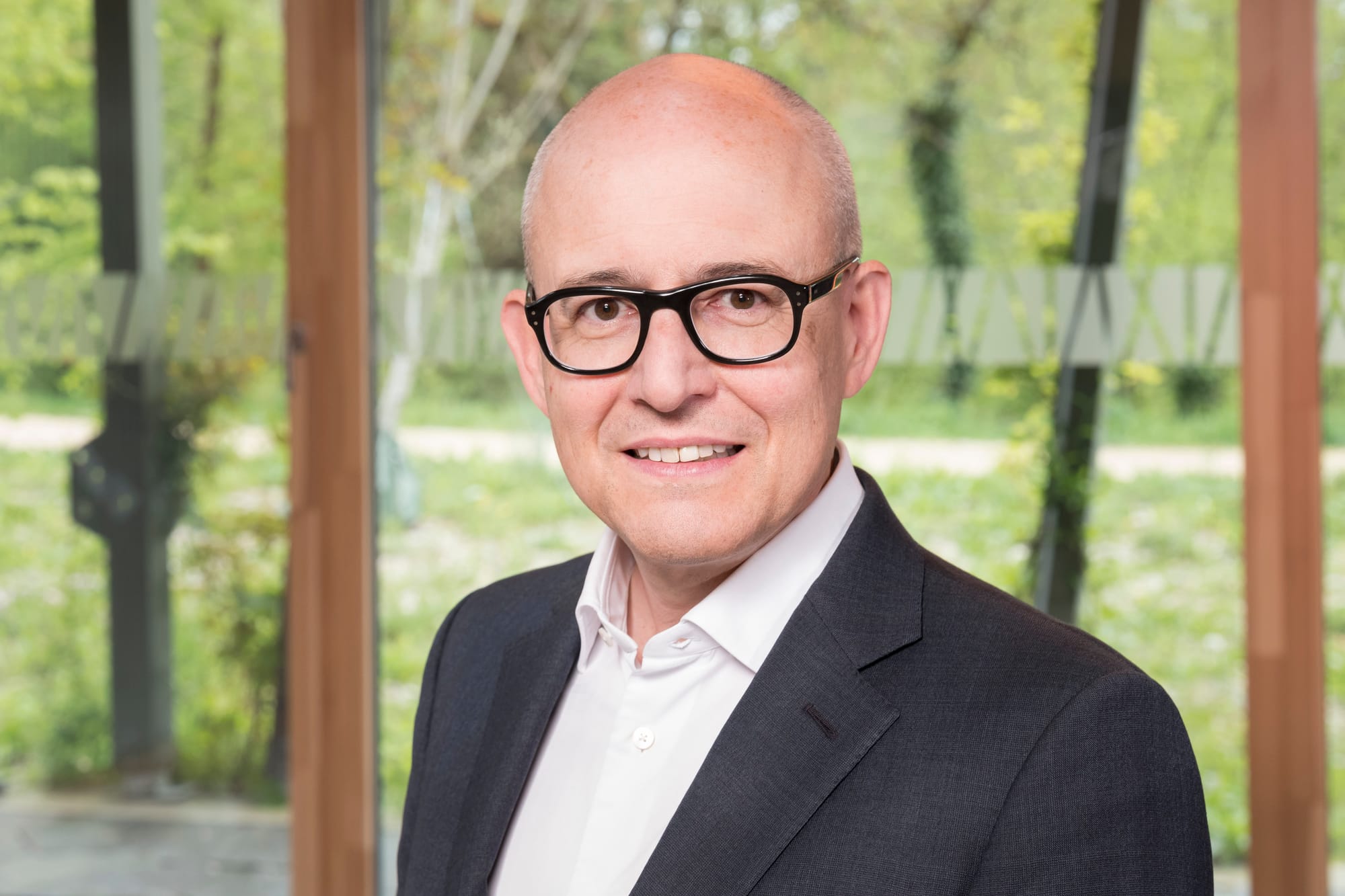This December is shaping up to be the month of "green" finance. This theme will be at the heart of Building Bridges in Geneva, a major event that each year brings together speakers from across the globe. The 2024 edition promises to be particularly complex, because green finance is not exactly in vogue these days. Behind the fine words, actions sometimes appear less glorious.
After a decline in sustainable investments observed in the United States at the start of the year, Switzerland is facing a similar slowdown. A finance research institute based in Zug found that the growth of financial flows into funds meeting environmental, social and governance (ESG) criteria is currently no longer sufficient to catch up with that of traditional funds. During the autumn, the specialized platform Hazeltree also revealed that the world’s largest hedge funds preferred to bet against "green" technologies and sustainable development, while investing long-term in fossil fuels.
Given the context, we deemed it appropriate to question the players—both small and large—in finance about their relationship to sustainable investment. The responses of Jon Duncan, Chief Impact Officer, REYL Intesa Sanpaolo.
What is your approach to so-called green finance?
We adopt a global, long-term view of the transition to the green economy: we do not anticipate a linear, seamless transition. We observe a growing appetite for economic stimulus on both sides of the Atlantic, in a race to catch up with China, which is grappling with an increasing domestic social retrenchment, driven by legitimate market protection, inflation and concerns about energy security.
As the green technology economy has developed, there are now a growing number of opportunities in public markets.
Over the past two decades, the widest range of transition technologies and investment opportunities has emerged thanks to investments from private markets, primarily through sovereign initiatives and development financing. As the green technology economy has developed, there are now a growing number of opportunities in public markets.
We identify specific opportunities in equities, bonds and funds. We favor long-term fundamental investments, as well as direct commercial alignment with one or more of the megatrends of the green economy.
It is essential to strike a balance between clients' sustainability motivations and portfolio constraints. In our view, this is a gradual portfolio-level transition over the next decade in order to keep pace with growing opportunities.
What is your reaction when you hear that a large majority of hedge funds prefer to short their positions in renewable energy in favor of fossil fuels?
Over the past months, hedge funds have clearly had the opportunity to exploit price dislocations in certain sectors of the green economy. That is normal and does not mean that the financial world is becoming less sustainable. This mispricing is due in part to overconfidence surrounding the ESG-based economy and the large inflow of capital into funds addressing these themes, which results in a large share of assets under management ending up in the hands of a small number of players, leading to a surge in profits.
Furthermore, many players in the green economy sector have high initial capital needs and therefore suffered from the recent period of rising interest rates. We believe this situation will normalize and that more and more hedge funds will seek to exploit the excessive prices that emerge as the transition to the green economy takes place.
Although the harmonization and alignment of standards are important in sustainable finance, I am not yet convinced that a single standard for ESG risk ratings is necessary.
How should one adapt their investments in such an ambiguous reality?
We remain attentive to market activity regarding hedge funds and engage our partners selectively based on the quality and suitability of their offering to our clients' needs.
This news raises a fundamental question: is the financial sector truly ready to sacrifice part of its profitability for the good of the planet?
It is an ongoing and nuanced debate that evolves as market participants develop their understanding of the "planetary benefit" or "impact." In this regard, the investor community better understands the different outcomes in terms of risk, return and "impact" that can be achieved across different regions and asset classes.
This better understanding allows replacing the idea of having to accept a "sacrifice" of returns to obtain a planetary benefit with the idea of "maintaining a similar risk and return profile by holding a portfolio of securities with lower impact."
ESG criteria are increasingly struggling to convince; is there an urgent need to establish new standards?
Although harmonization and alignment of standards are important in sustainable finance, I am not yet convinced that a single standard for ESG risk ratings is necessary, just as there is no single global standard for bond ratings.
This article has been automatically translated using AI. If you notice any errors, please don't hesitate to contact us.




